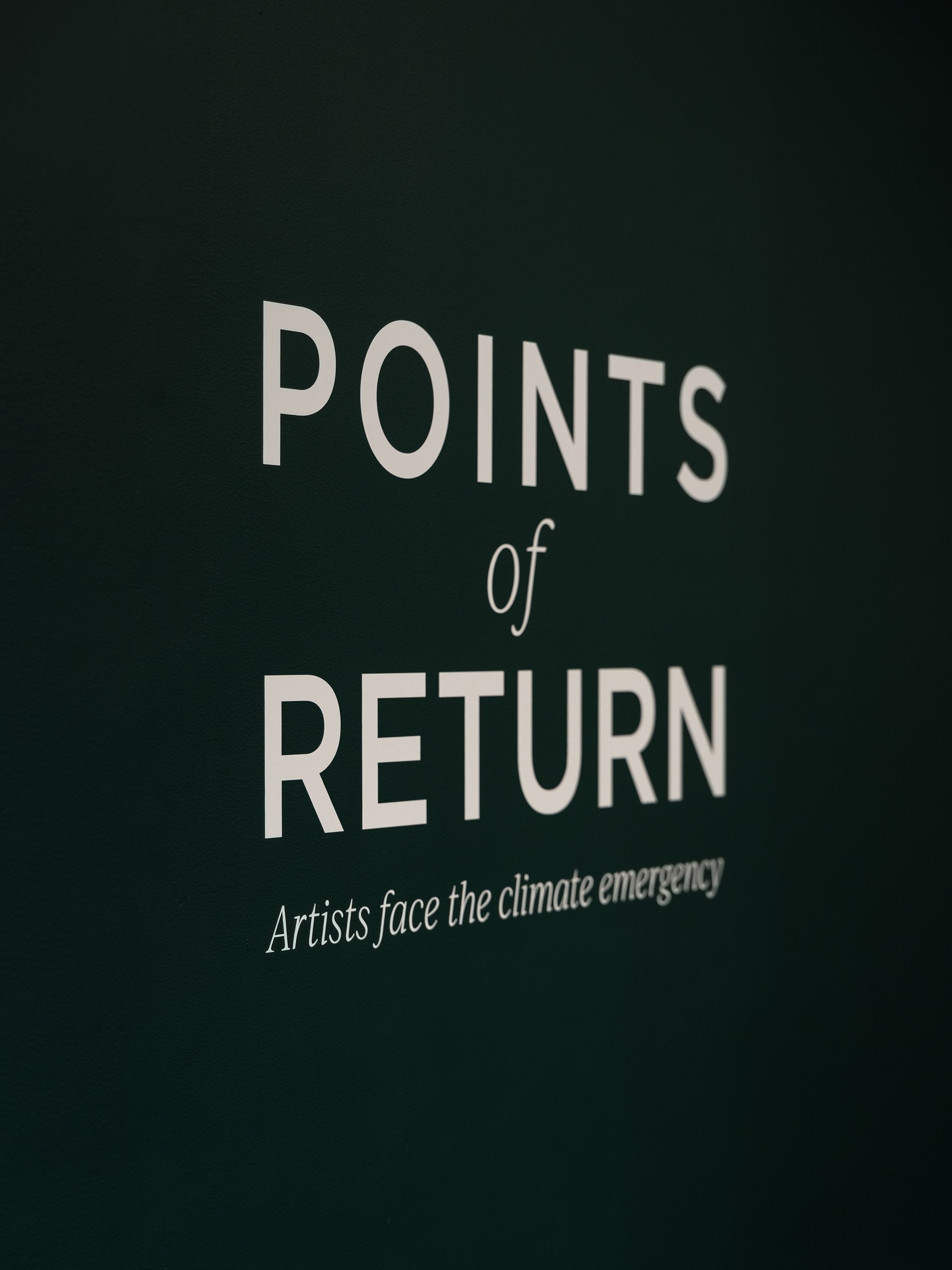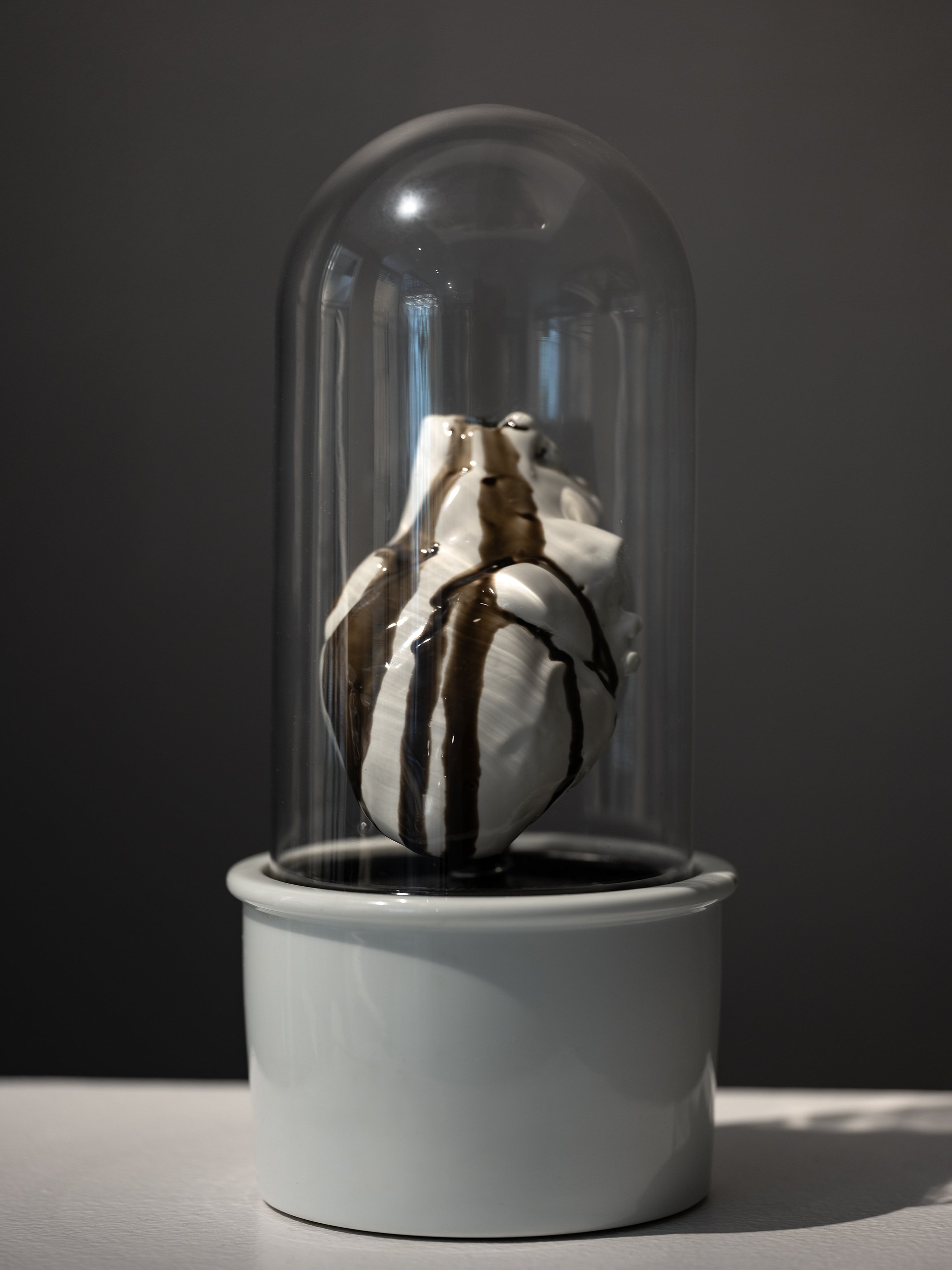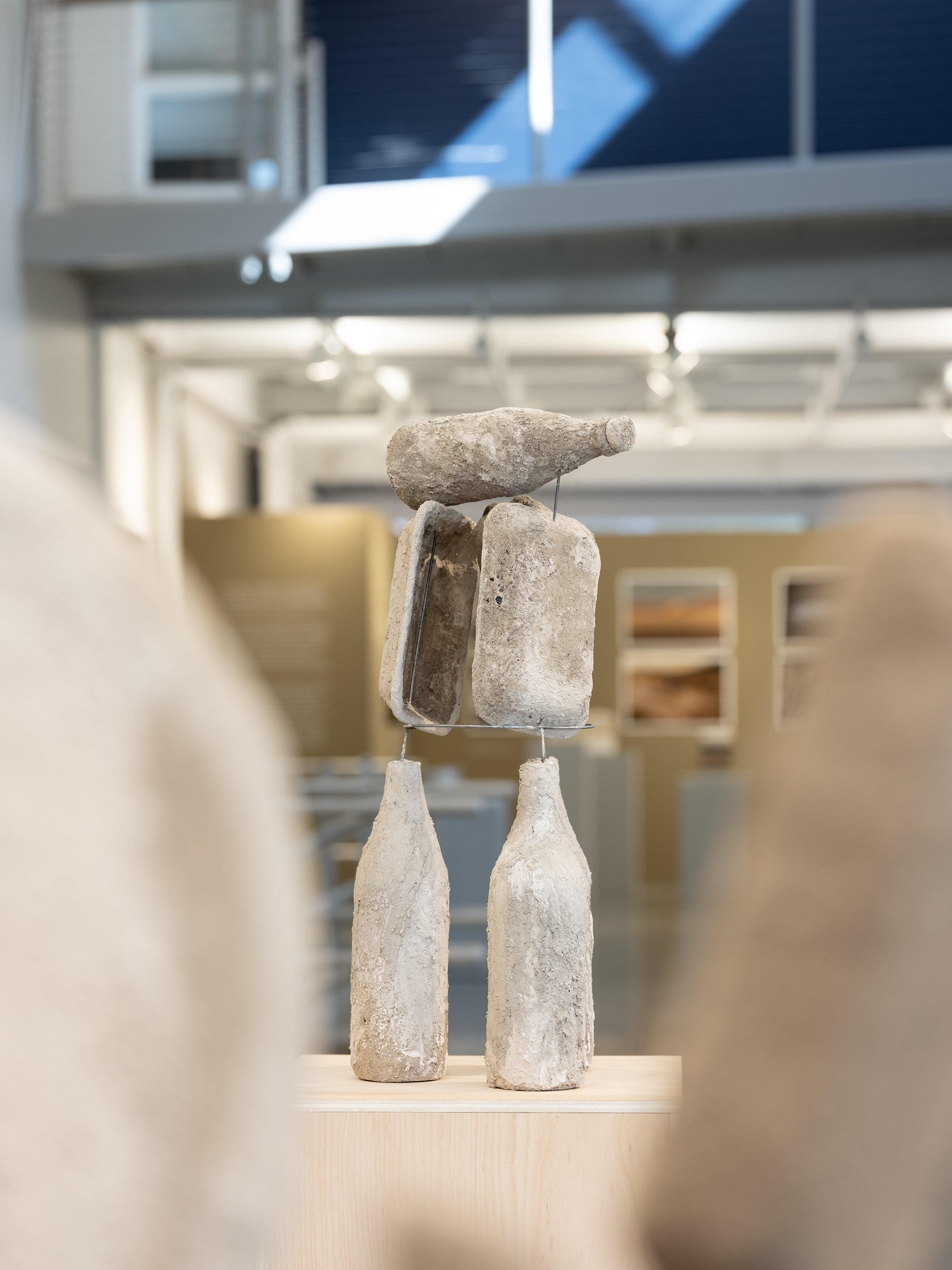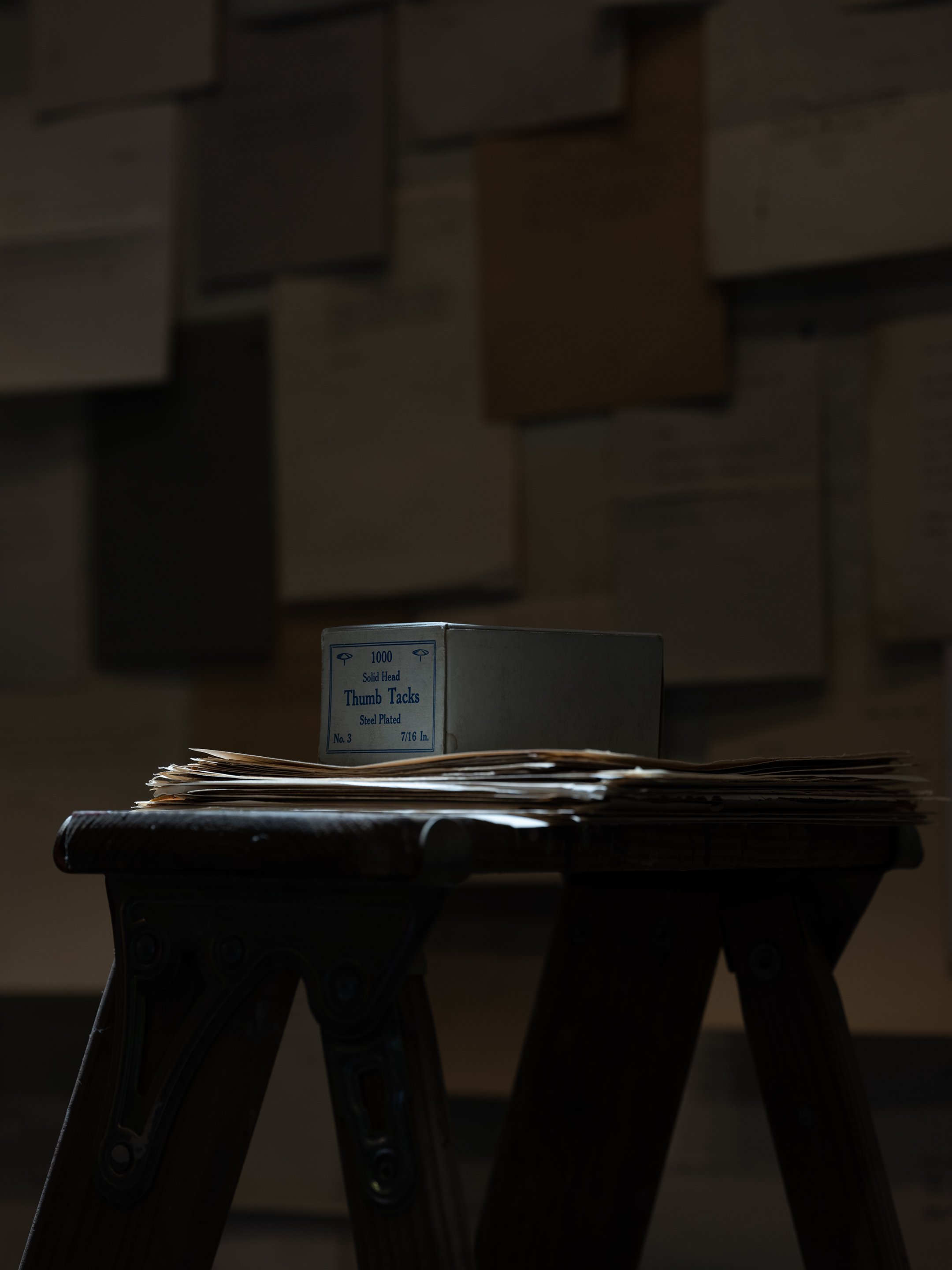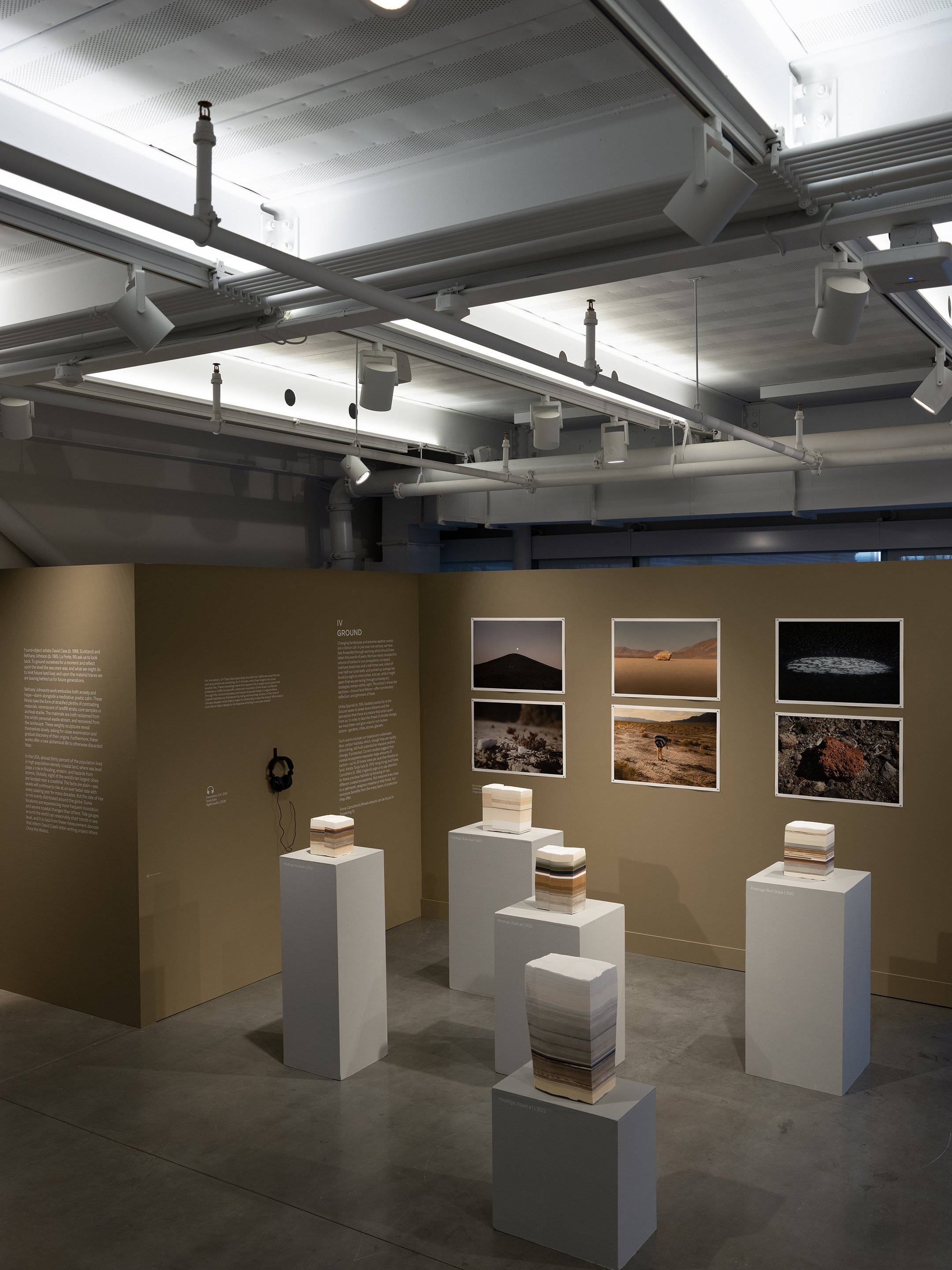Where Once the Waters: Concord, MA
On May 1st, Points of Return opened in The Umbrella Arts Center, Massachusetts (USA). I designed this exhibition with artist and long-term collaborator Gonzaga Gómez-Cortázar Romero, as part of our ongoing curatorial project A La Luz. Through dynamic display and crossing several artistic disciplines, this 27-artist show provides commentary, reflection, and creative restorative strategies in the face of the climate emergency.
By showcasing diverse perspectives, providing accessible data, and encouraging critical thinking, we hope to inspire a sense of possibility in this exhibition; a renewed commitment to shaping a better future. The artists involved have immersed themselves in jungles, marshlands, deserts, oceans and forests. They have researched and documented how even the most remote and inaccessible environments have the fingerprints of human activity. Through their immersion, they’ve become vessels for telling; for raising awareness and understanding.
My own artwork in the exhibition is an updated instalment of Where Once the Waters, first presented at last year’s Venice Biennale, focussed on the issue of rising sea levels.
In the United States, almost thirty percent of the population lives in relatively high population-density coastal land, where sea level plays a role in flooding, shoreline erosion, and hazards from storms. Globally, eight of the world’s ten largest cities are located near a coastline. Predicting exact levels of future sea rise around the world is difficult, but the facts are plain—sea levels will continue to rise at an ever faster rate with every passing year for many decades. It’s a process which is now locked-in. We cannot stop the rise, but we can take action now to limit the level the water will reach in decades (and centuries) to come.
The Massachusetts coastline is particularly vulnerable, with sea level up to 212mm (8.3 inches) higher than it was in 1950. The region has coastal wetlands and beaches that offer a level of protection to communities and wildlife, but these natural barriers are themselves at risk. One third of New England’s coastal wetlands have already been lost due to human activity, which makes preserving the remaining wetlands urgent. Furthermore, tidal flooding has increased by 333% across Massachusetts since 2000, rendering over 27,500 properties at risk.
When I last exhibited Where Once the Waters, a few exhibition visitors commented that “sea levels have always gone up and down…” And this is true. Over tens of thousands of years, they have. But levels are rising several times faster today than they have in the past three millennia as a direct result of human-induced global warming. We have accelerated what would have occurred naturally, which means we have significantly less time to adapt.
From 1870 to 1924 sea levels were rising at an average global rate of 0.8mm/yr. From 1925 to 1992 sea level rise more than doubled to 1.9mm/yr. From 1993 to mid-2012, sea levels were rising at a rate of 3.1mm/yr, and as of November 2022, NASA tells us that the average global rate of rise is around 4mm/yr. But the rate of rise is not evenly distributed around the globe. Some locations are experiencing more frequent inundation and severe coastal changes than others. Tide gauges around the world can reasonably chart trends in sea level, and it was data from these measurement devices that informed my letter-writing project.
This project looks back upon sea level changes which have already occurred, for unlike future predictions, these can be more accurately charted. Each letter offers “the reader” data relating to the shores which lie nearest their places of birth. This issue is often shrouded in complex science, but the opportunity to engage on a more individual level could be one point of return. Bringing home the data behind climate change lies at the core of the project and is indeed one key aim of the overall exhibition.
Our coastlines are windows to the past, present, and future. Being on the front-line, they are perhaps our clearest indicators of change. This project describes how they are retreating, eroding, sinking, and even lifting as water warms and swells, each letter offering figures (measurements) we might visualise.
The letters range in pace and tone, presented without apparent categorisation, for, this issue is not exclusive to any one location. The decision to use exclusively found, vintage materials provides one suggestion of how we can move forward: by caring for our resources and re-using what we already have. To further personalise the subject, the letters are typed onto familiar papers, those which would have accompanied people through their lives: correspondences, birth certificates, documents, wills, deeds… items which have lived through these changes in our waters. A wooden letter sits in front of the apparently unfinished installation, a suggestion that the issue (and the project) is ongoing.

